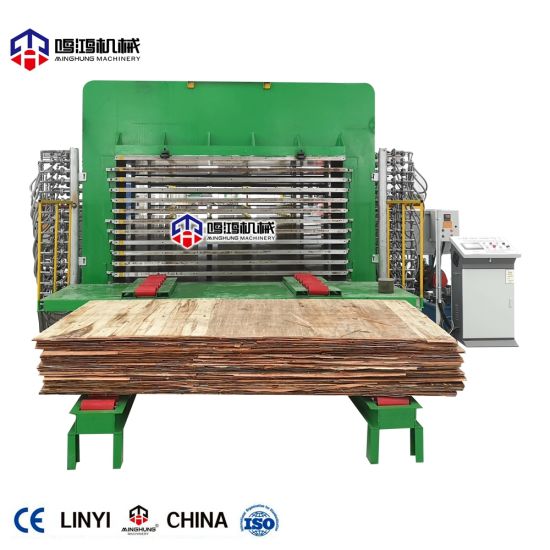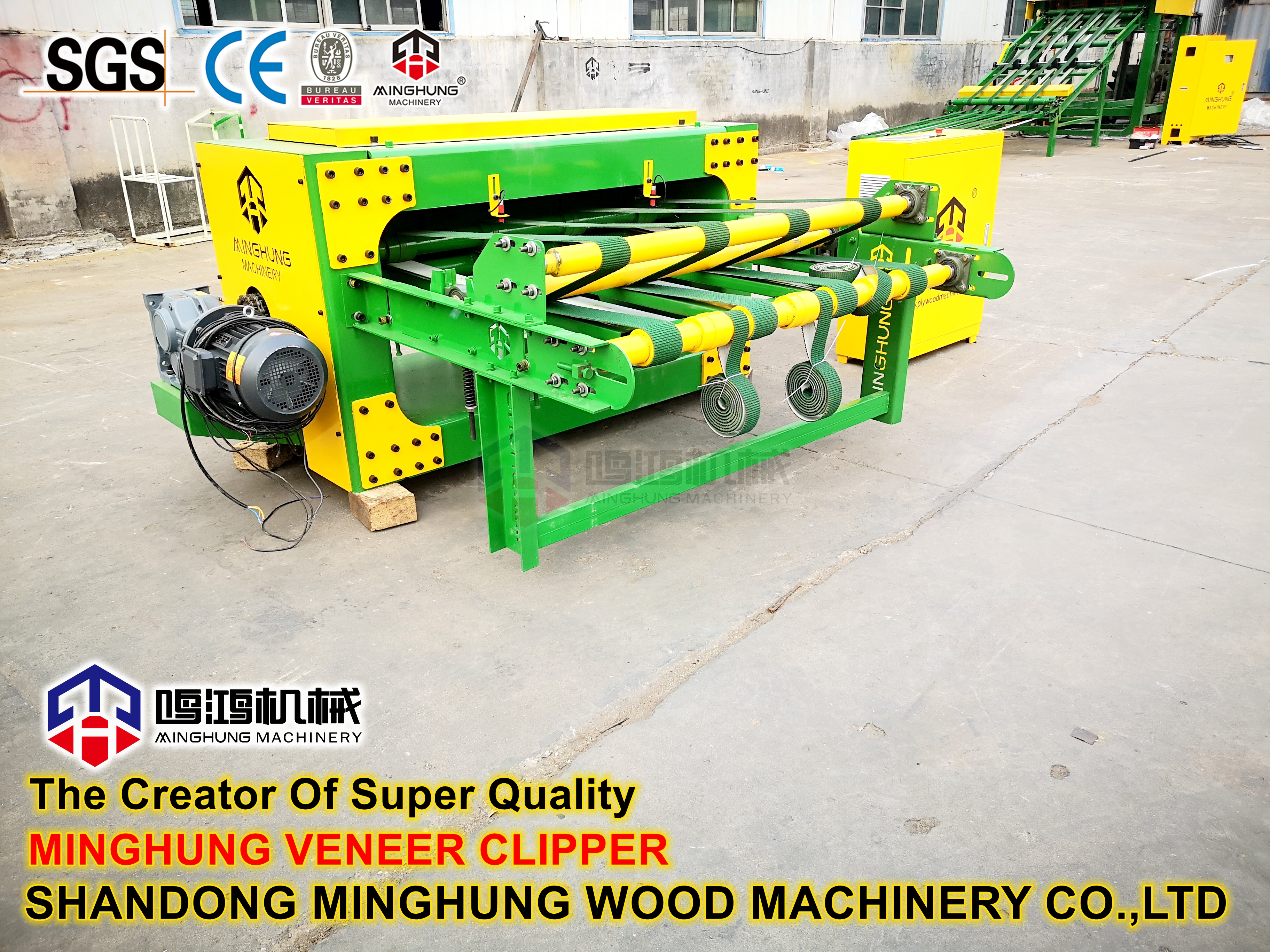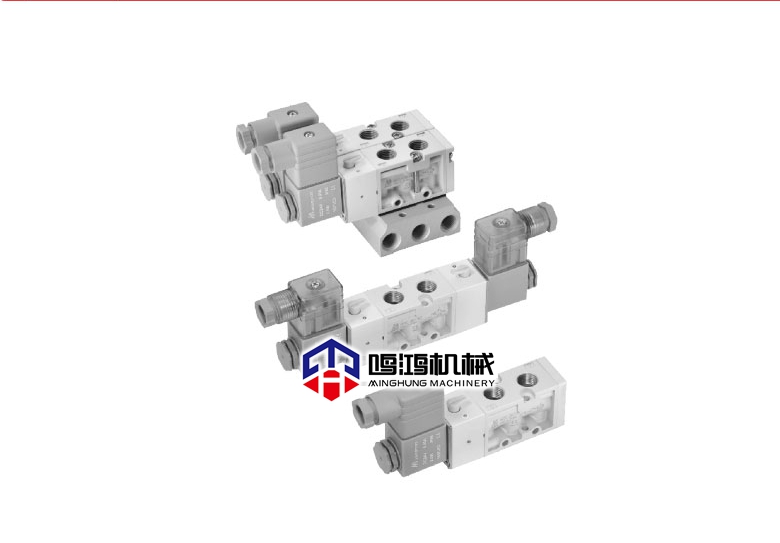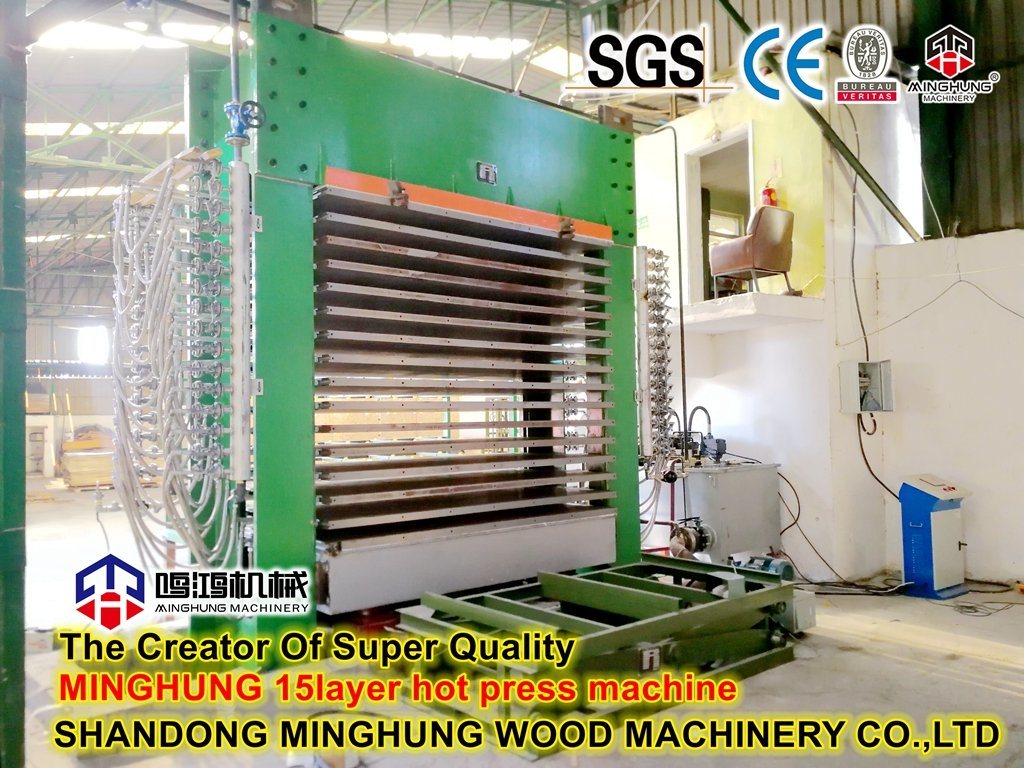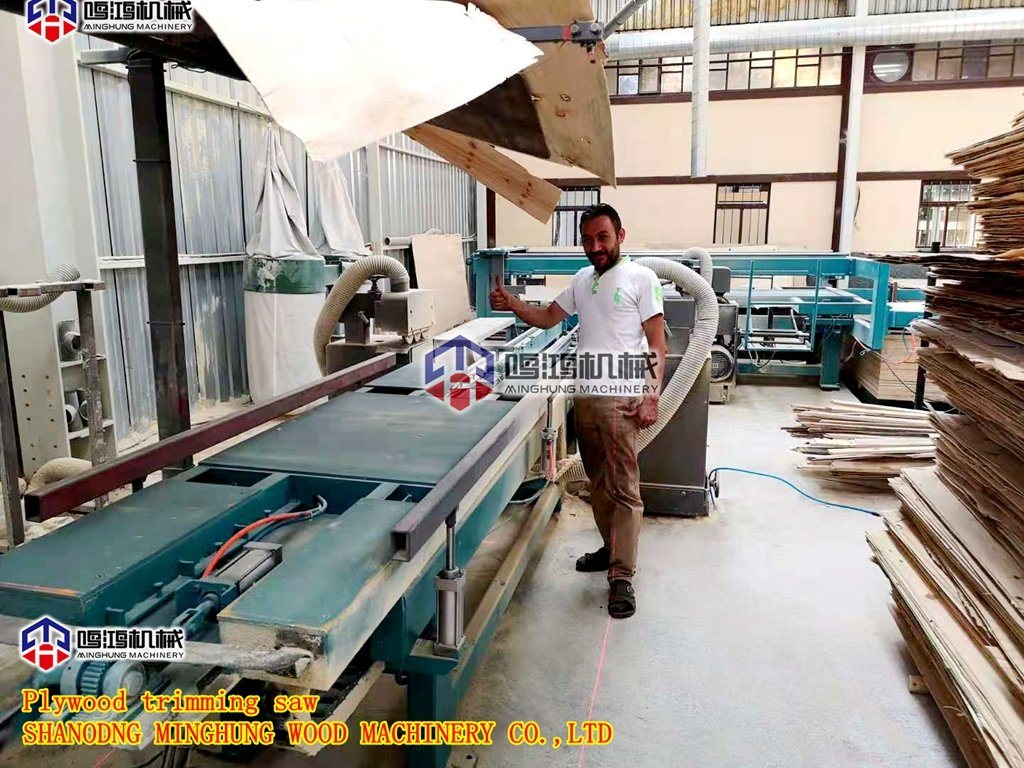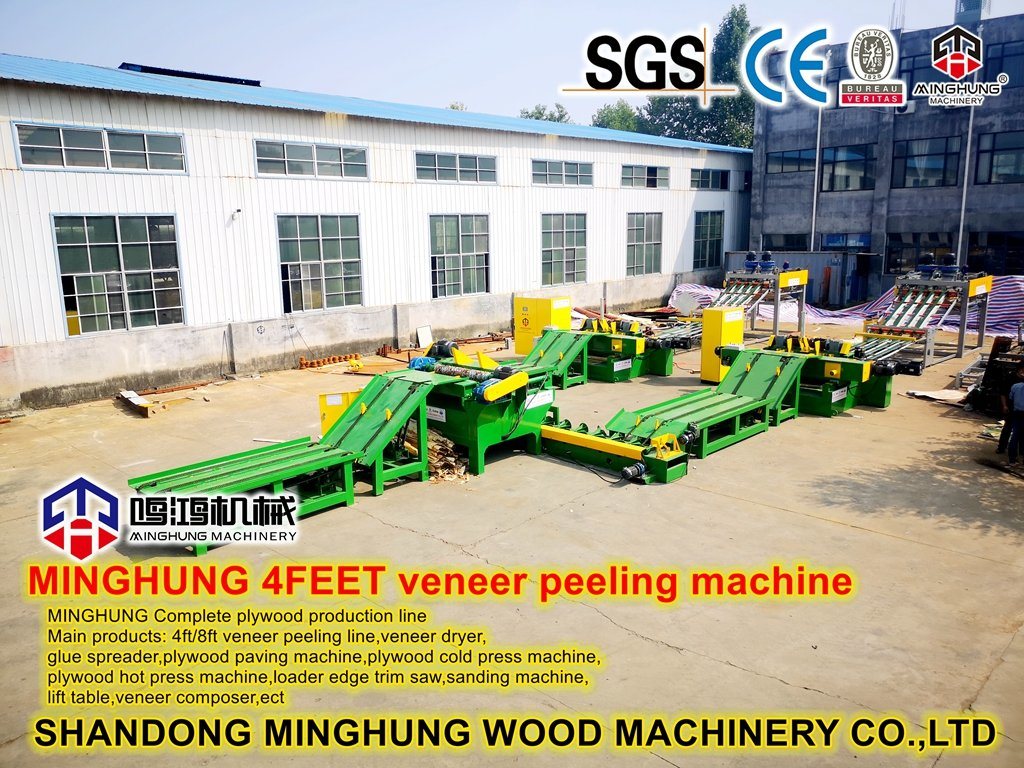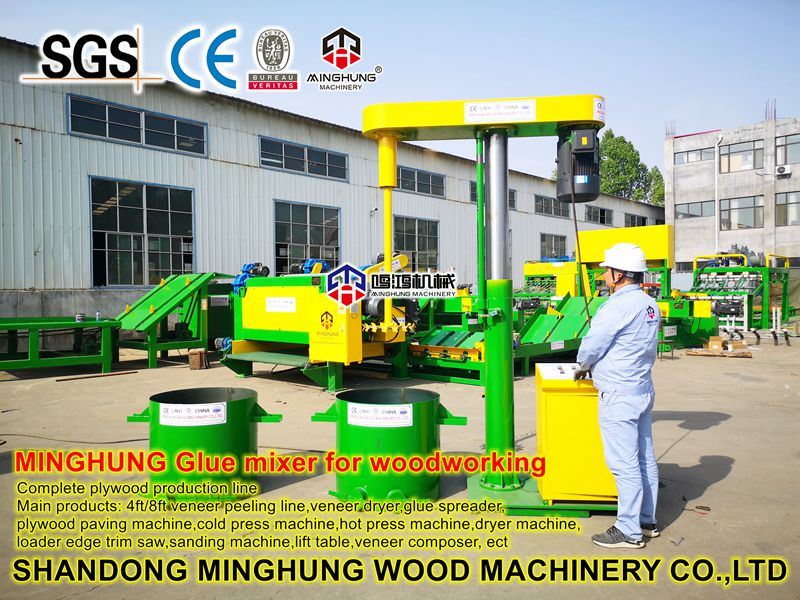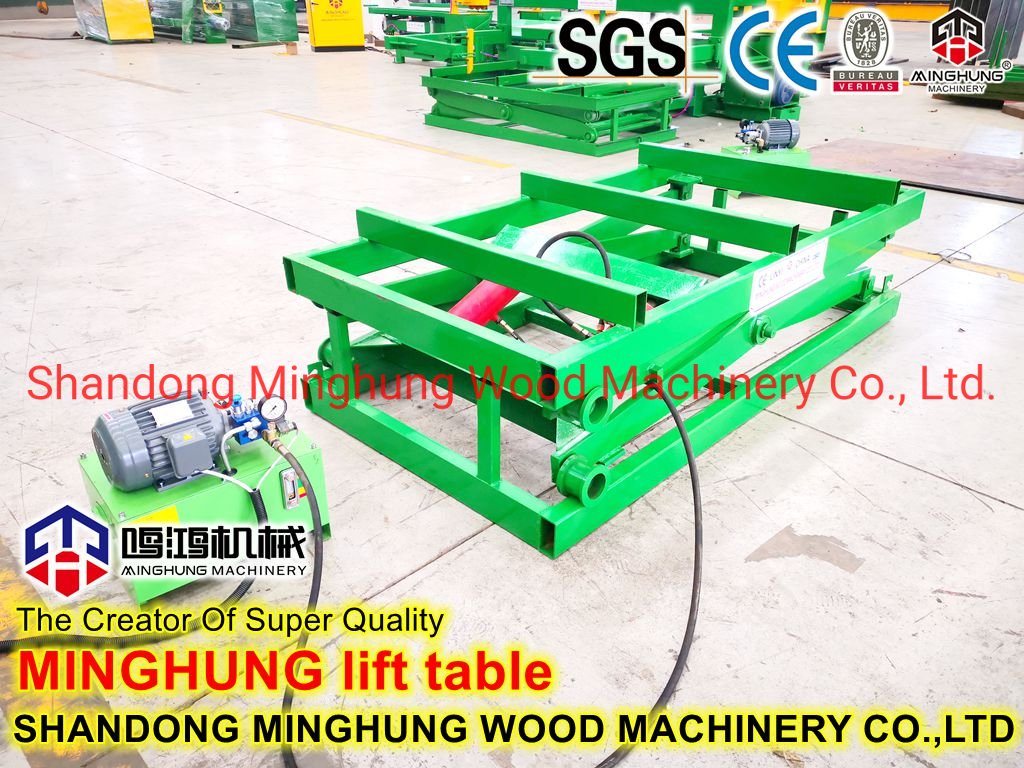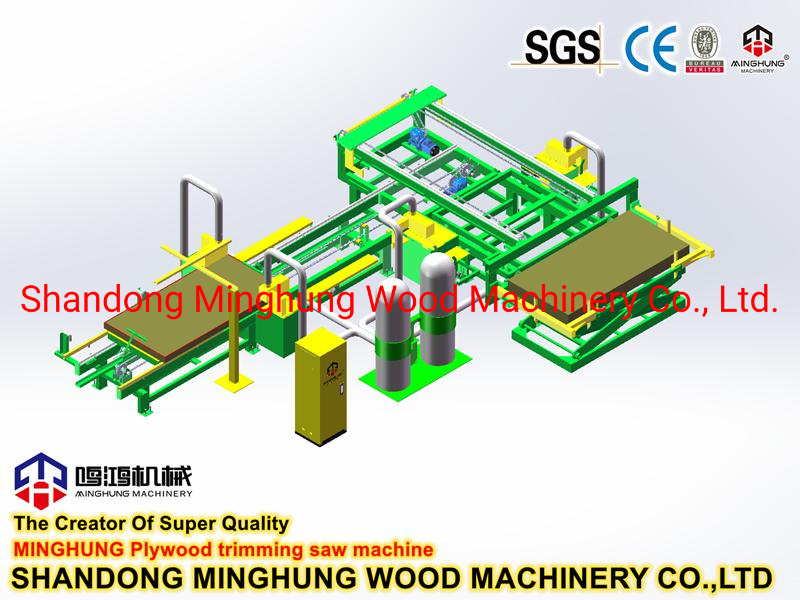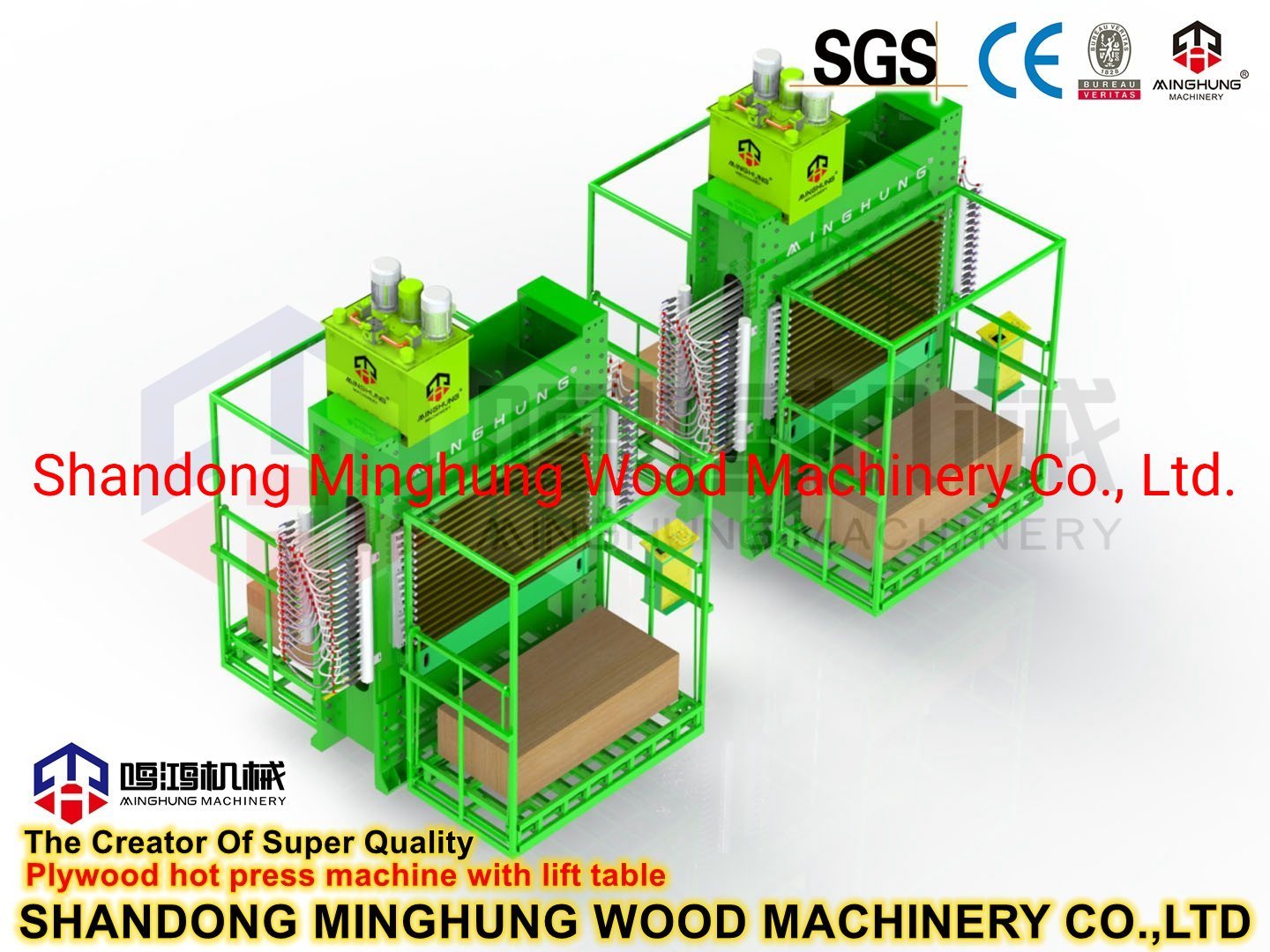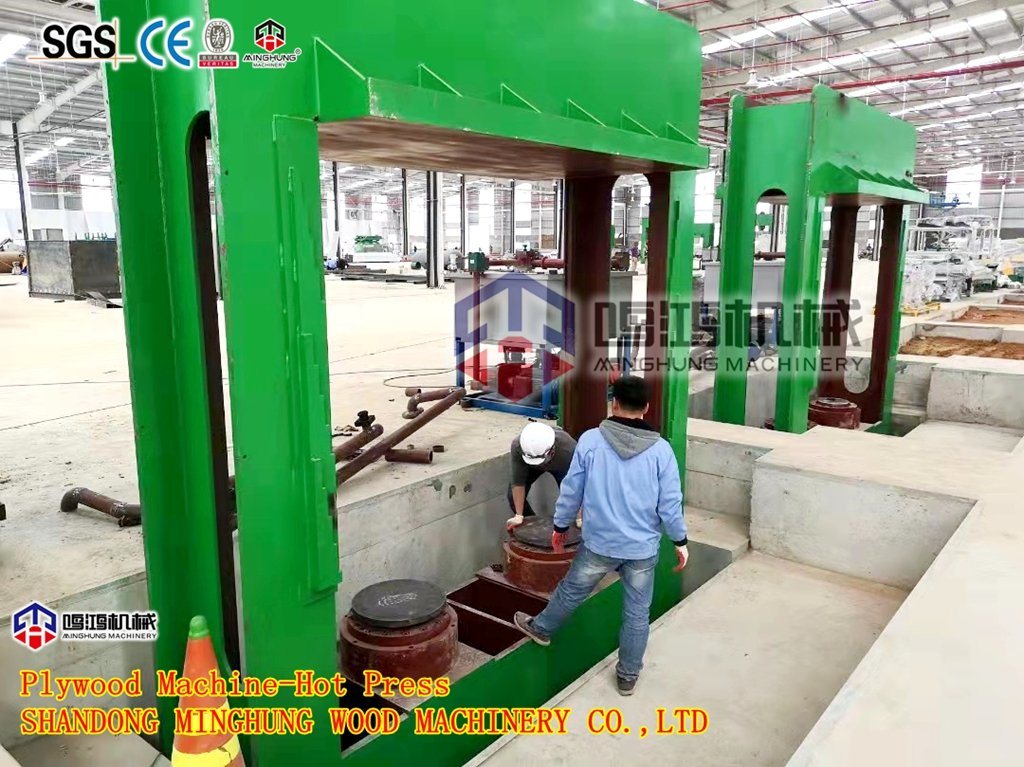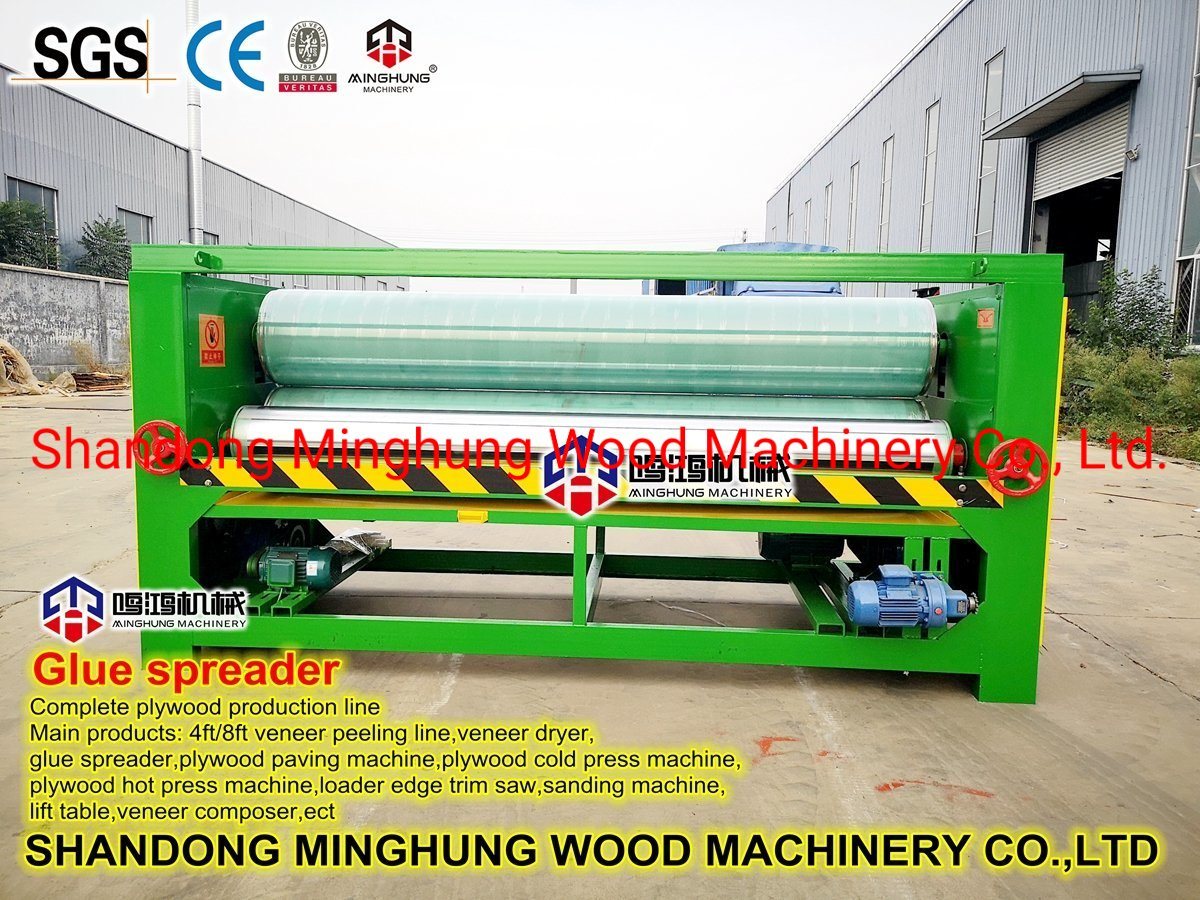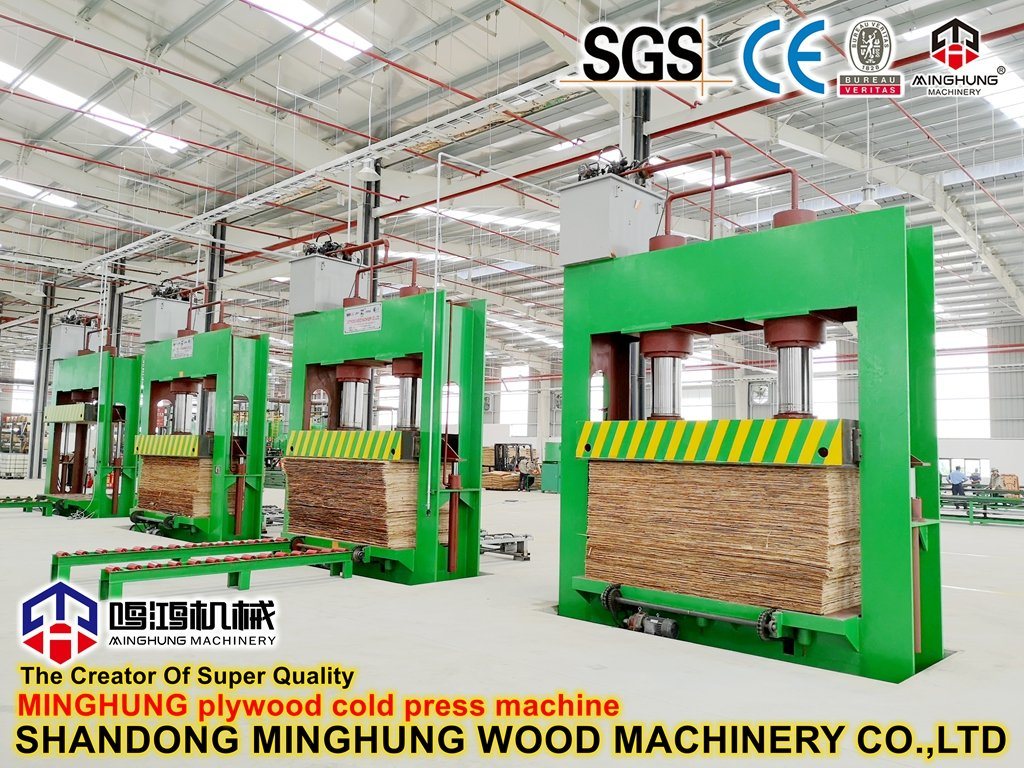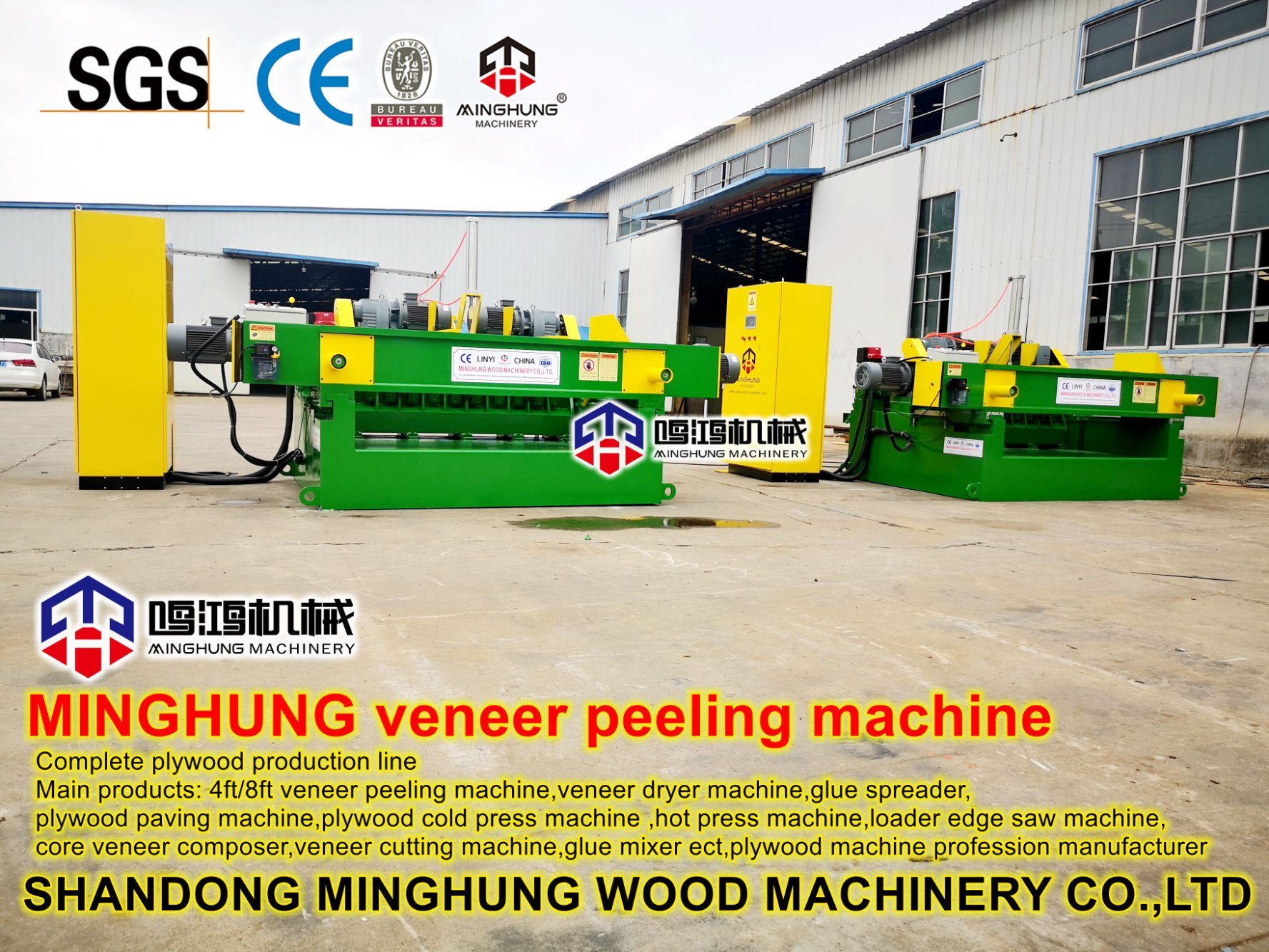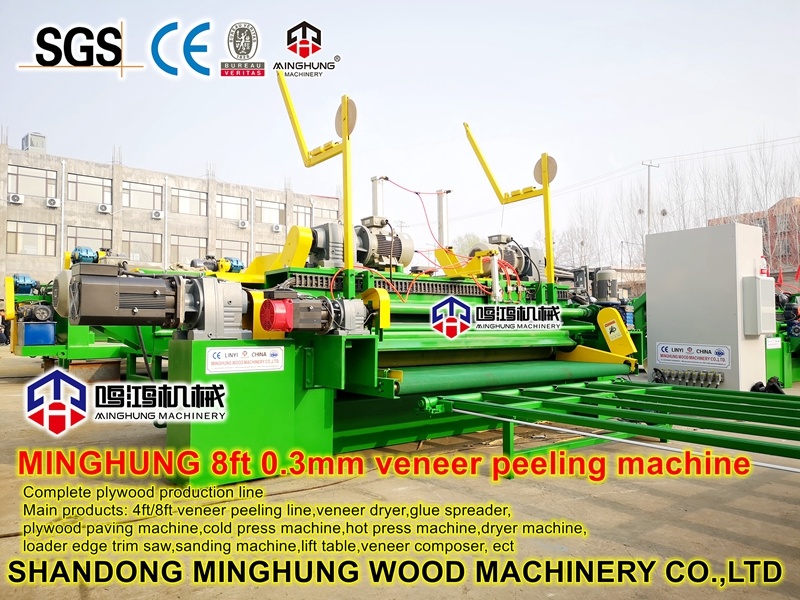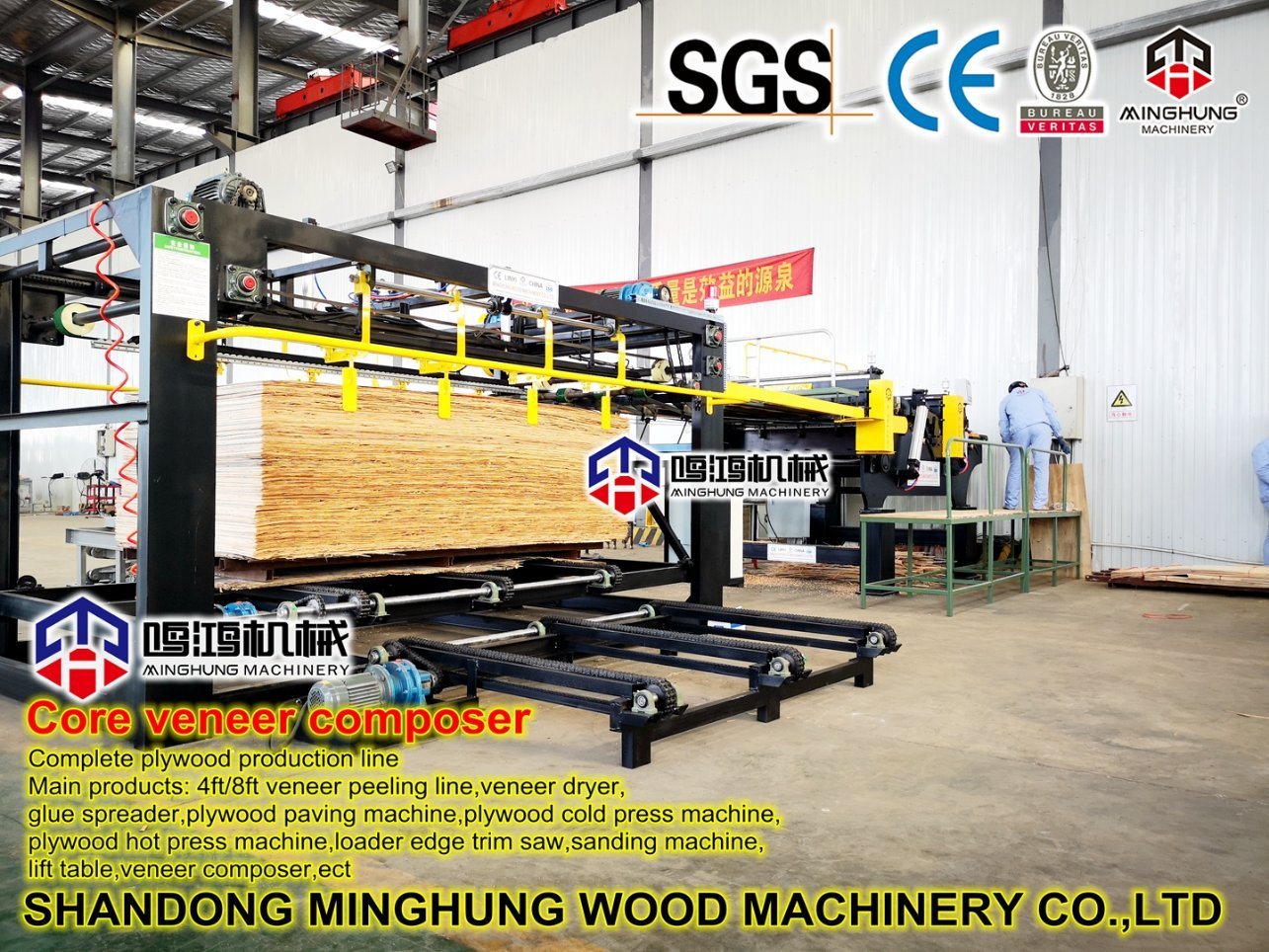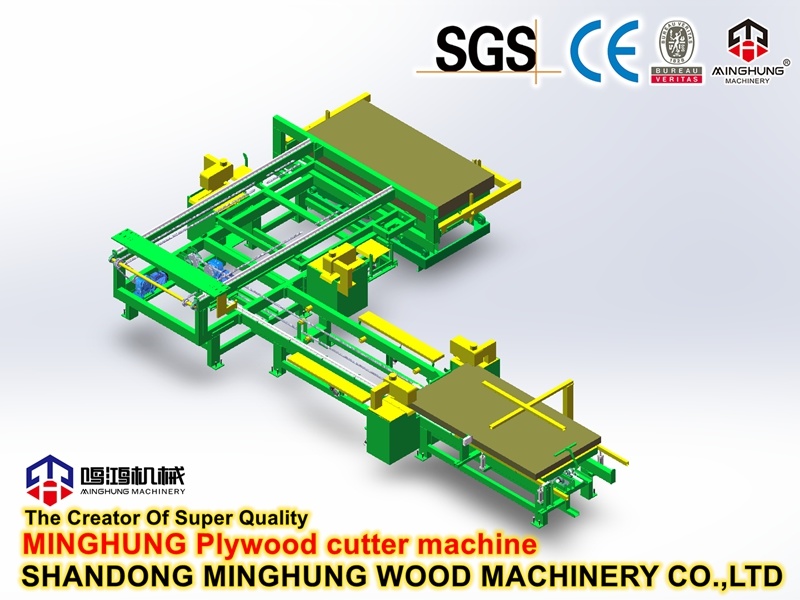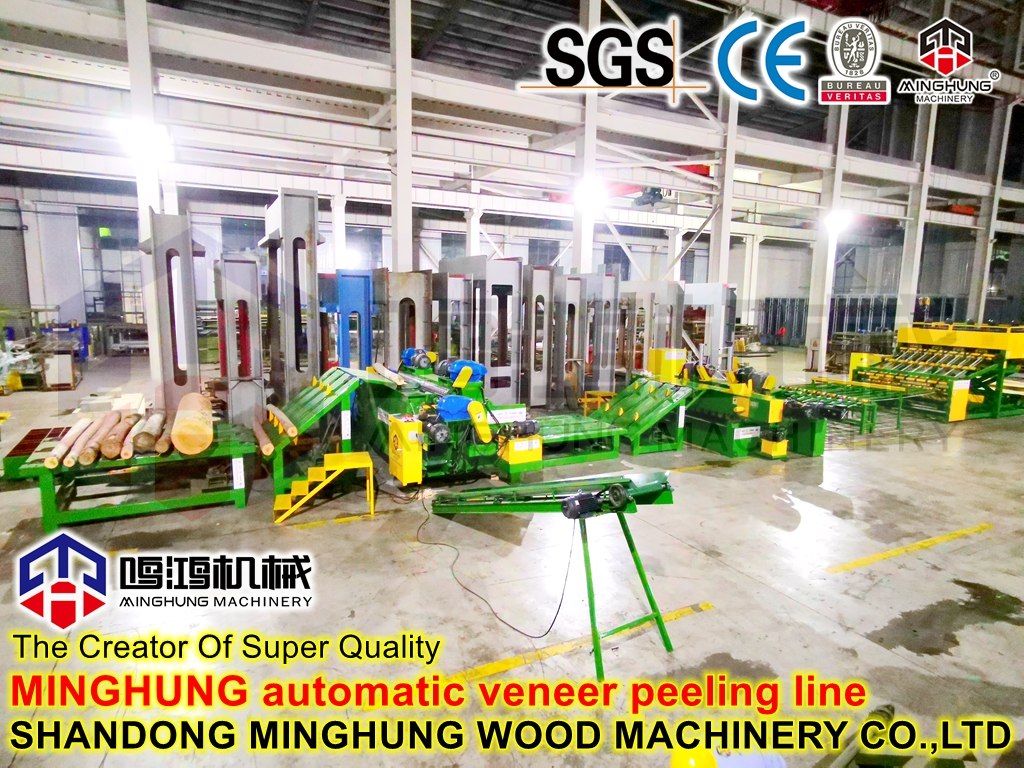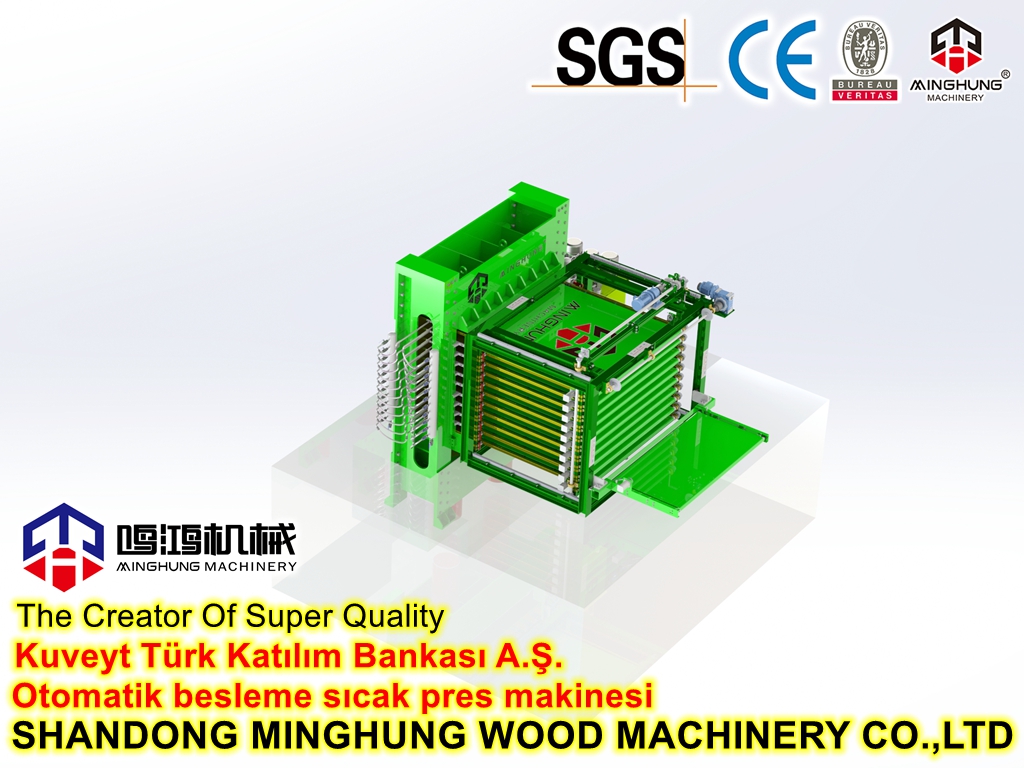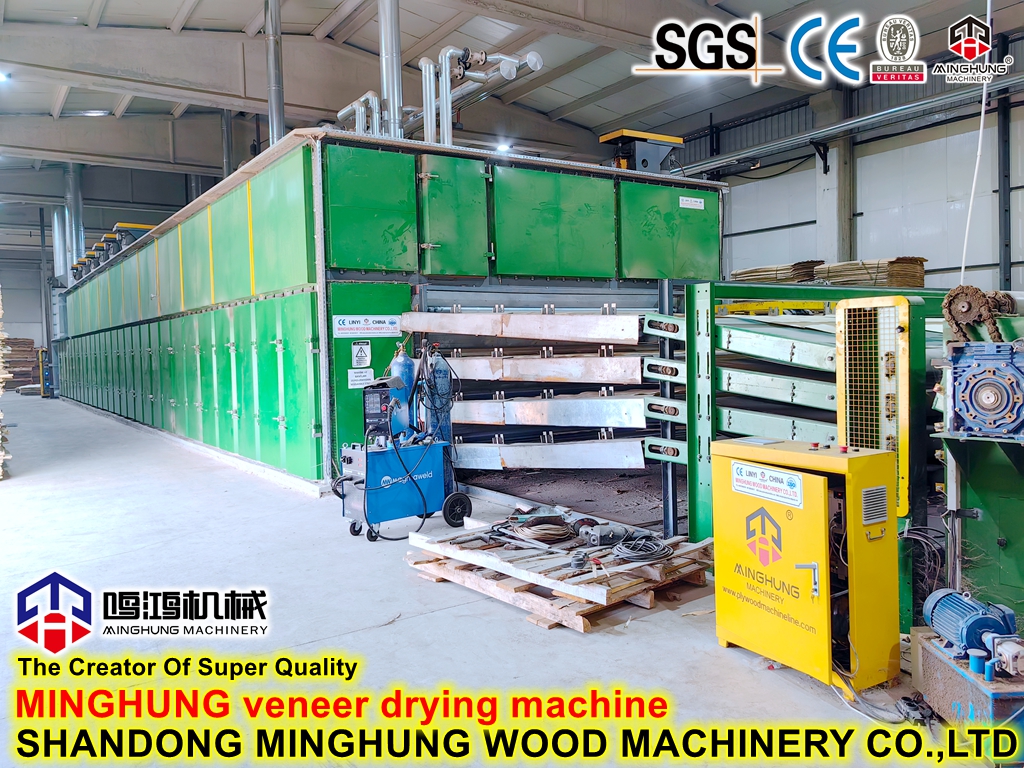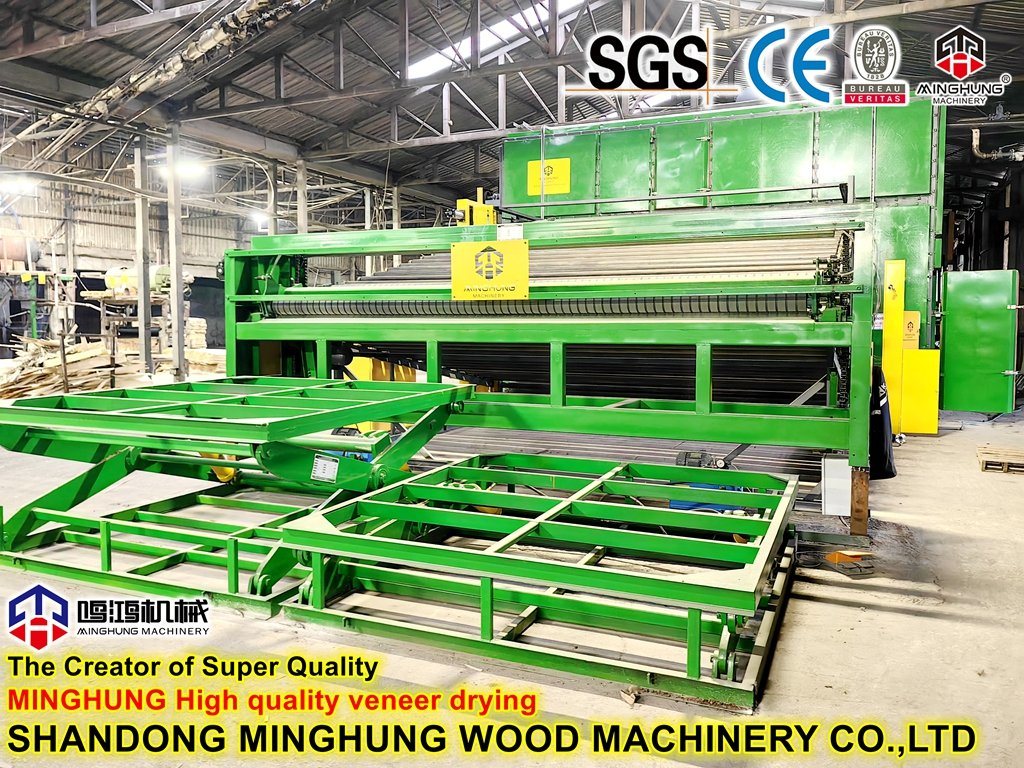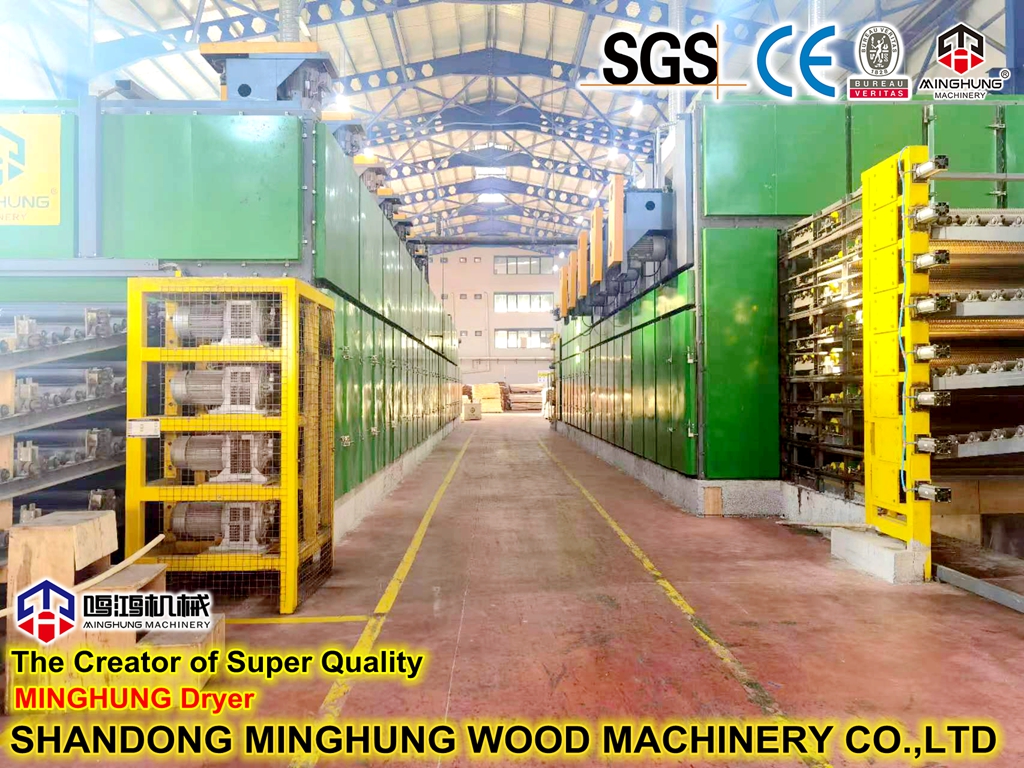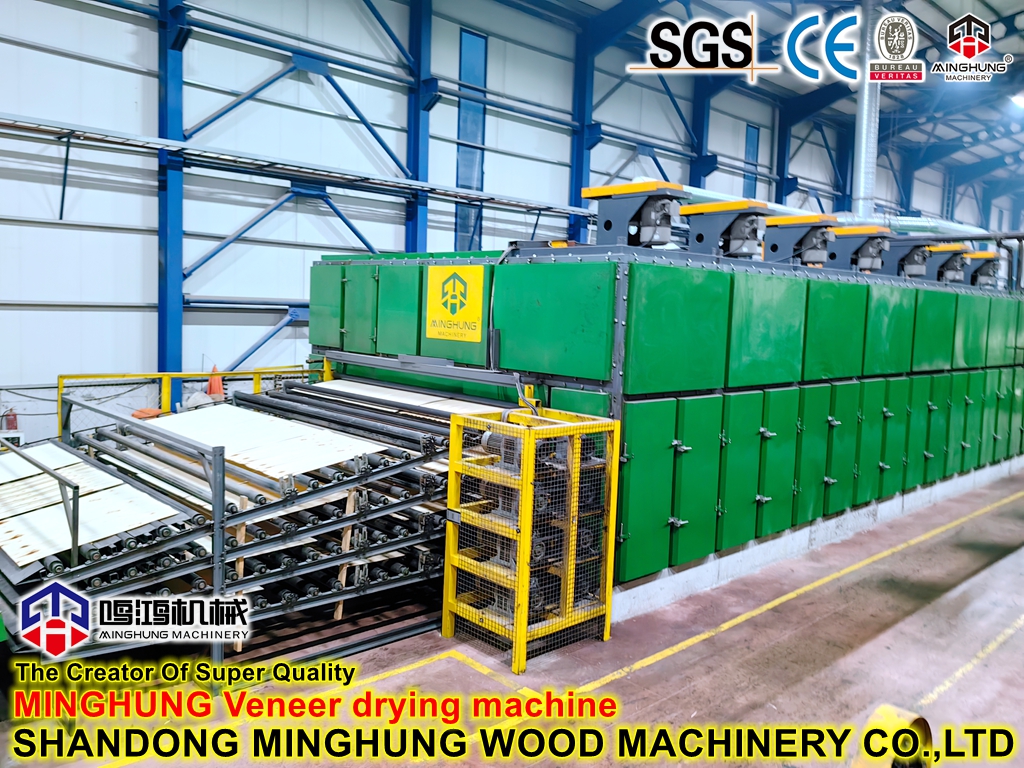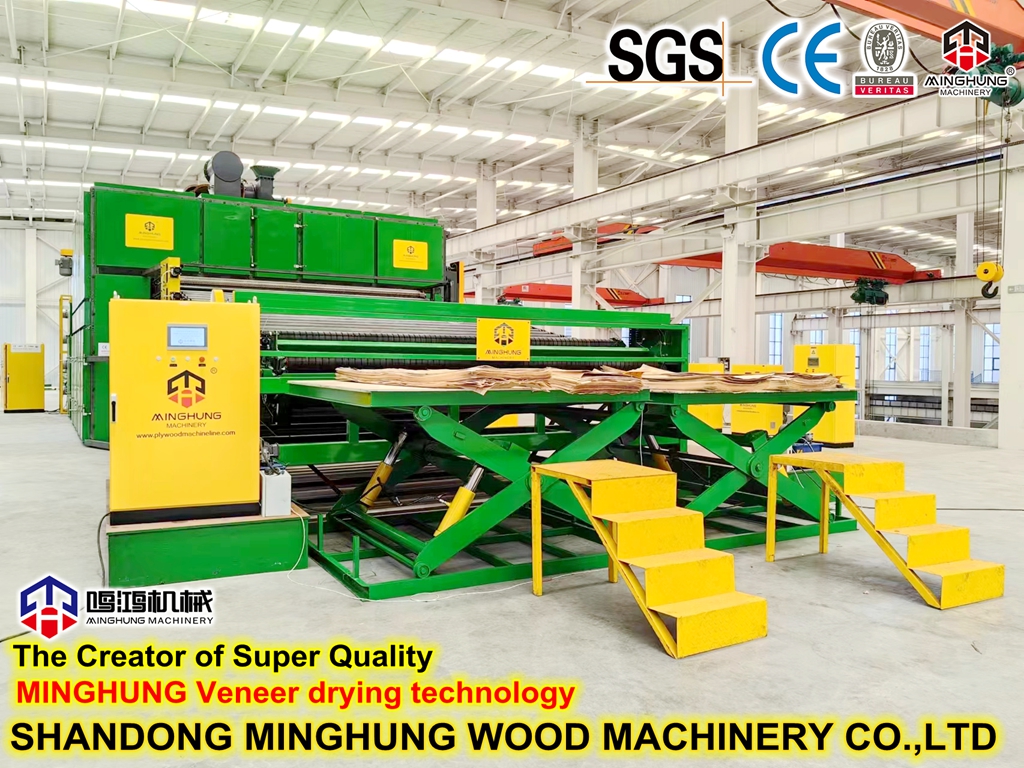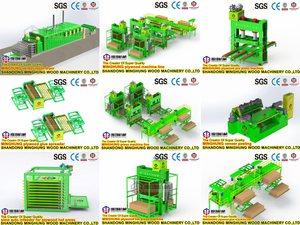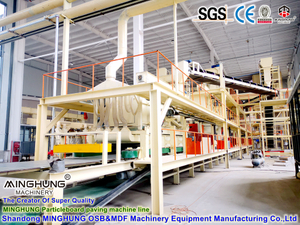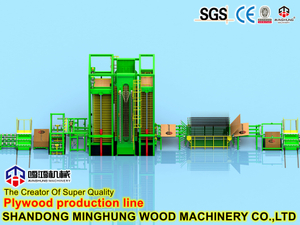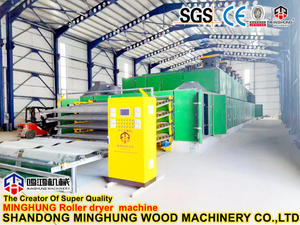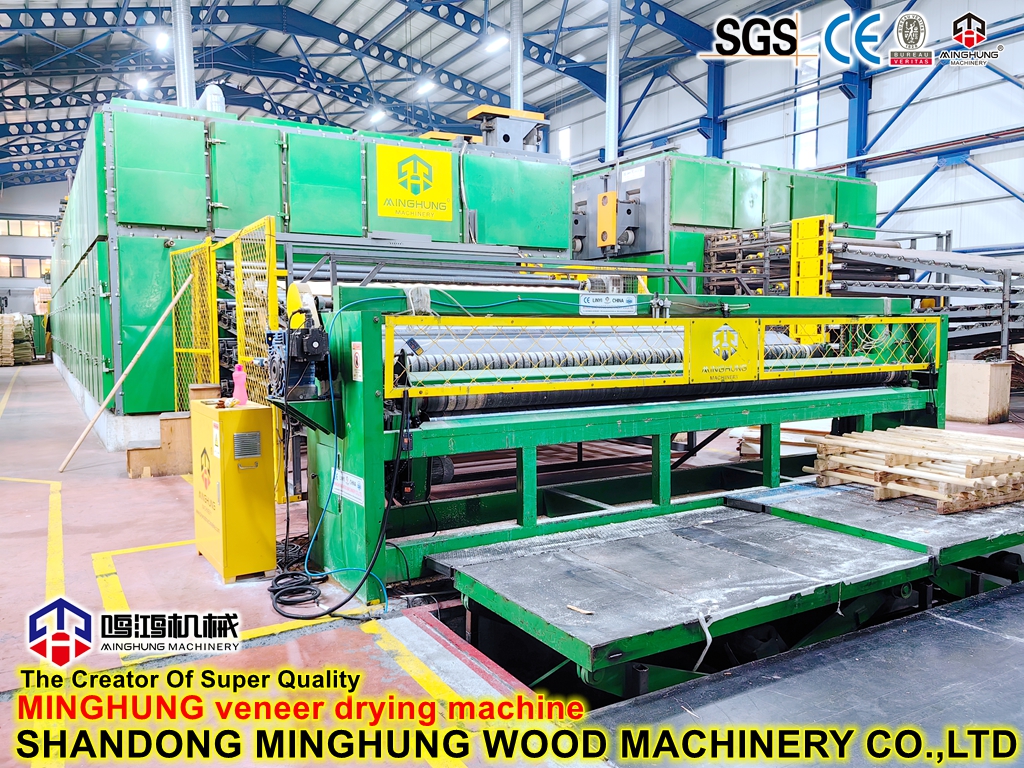
I. Product Overview & Design Philosophy
The Ultra-Low Operating Cost Plywood Dryer is a strategic, energy-saving asset specifically engineered for plywood manufacturers. Its core design philosophy shifts beyond mere "drying functionality" to focus on minimizing the total cost of ownership per drying cycle. By integrating cutting-edge energy-saving technologies, intelligent control, and flexible energy adaptation solutions, it transforms the traditional high-energy-consumption drying process into a source of competitive cost advantage, directly enhancing product market competitiveness.
 | II. Four Core Technical Pathways to Achieve "Ultra-Low Operating Cost" |
1. Revolutionary Heat Source Systems: Cutting Energy Costs at the Source
This is the most critical aspect for reducing operating costs. The dryer offers multiple highly efficient and economical heat source options, far superior to traditional electric heating or common coal/oil methods.
High-Temperature Heat Pump Technology:
Principle: It operates like a "reverse air conditioner," using a small amount of electricity to drive a refrigerant that absorbs vast amounts of free heat from the ambient air (even at low temperatures) and upgrades it to a high temperature (up to 85°C+) for drying.
Efficiency: Achieves a Coefficient of Performance (COP) of 300%-500%, meaning it can produce 3 to 5 units of heat for every 1 unit of electricity consumed. Its running cost is only 30%-50% of pure electric heating. Ideal for areas with stable power supply but high electricity rates.
Biomass Energy System:
Principle: Utilizes specialized biomass burners that can use wood chips, shavings, straw, rice husks, and other processed biomass pellets as fuel.
Cost Advantage: These fuels, often derived from wood processing waste, are extremely low-cost or virtually free. This achieves "using waste to treat waste," turning process waste into cheap energy, making it one of the most cost-effective solutions.
Clean Gas/Steam Systems:
Principle: Employs high-efficiency burners compatible with natural gas or LPG. Alternatively, utilizes steam from existing factory boilers via efficient heat exchangers.
Advantage: Gas costs are typically lower than electricity; steam utilization allows for comprehensive, cascaded use of factory energy, offering significant economies.
2. Intelligent Waste Heat Recovery System: Turning Waste into Treasure
Principle: During drying, moisture-laden, hot air must be continuously exhausted. Traditional dryers waste this heat. The heat recovery system uses an efficient air-to-air heat exchanger to capture thermal energy from the exhaust stream and use it to preheat the cold, dry air being drawn in from outside before it reaches the heater.
Benefit: This system can recover 20%-30% of the thermal energy from the exhaust, directly reducing the fresh energy demand on the heating system and further driving down operating costs.
3. Superior Thermal Insulation & Sealing: Locking in Every Unit of Heat
Structure: The drying chamber is constructed with "sandwich" composite insulation panels, featuring color steel sheets on the outside and high-density, extra-thick rock wool or polyurethane foam core with extremely low thermal conductivity.
Details: Special high-temperature silicone gaskets are used on doors, pipe joints, and all seams.
Effect: Ensures the chamber's external surface temperature remains close to ambient even during long high-temperature operation, minimizing heat loss and maximizing energy utilization.
4. Fully Automatic Intelligent Control System: Precision Management to Prevent Over-Consumption
Function: The PLC and touch-screen-based control system comes pre-loaded with optimized drying schedules for different wood species, thicknesses, and initial moisture contents.
Energy-Saving Logic:
On-Demand Supply: The system monitors chamber temperature, humidity, and board moisture content in real-time, precisely controlling heating power, dehumidification timing, and air volume to avoid the ineffective energy supply.
Unattended Operation: Once programmed, the system runs fully automatically, eliminating energy waste from human error or negligence (e.g., leaving doors open, incorrect temperature settings).
Data Traceability: Records energy consumption data throughout the drying process for continuous optimization.
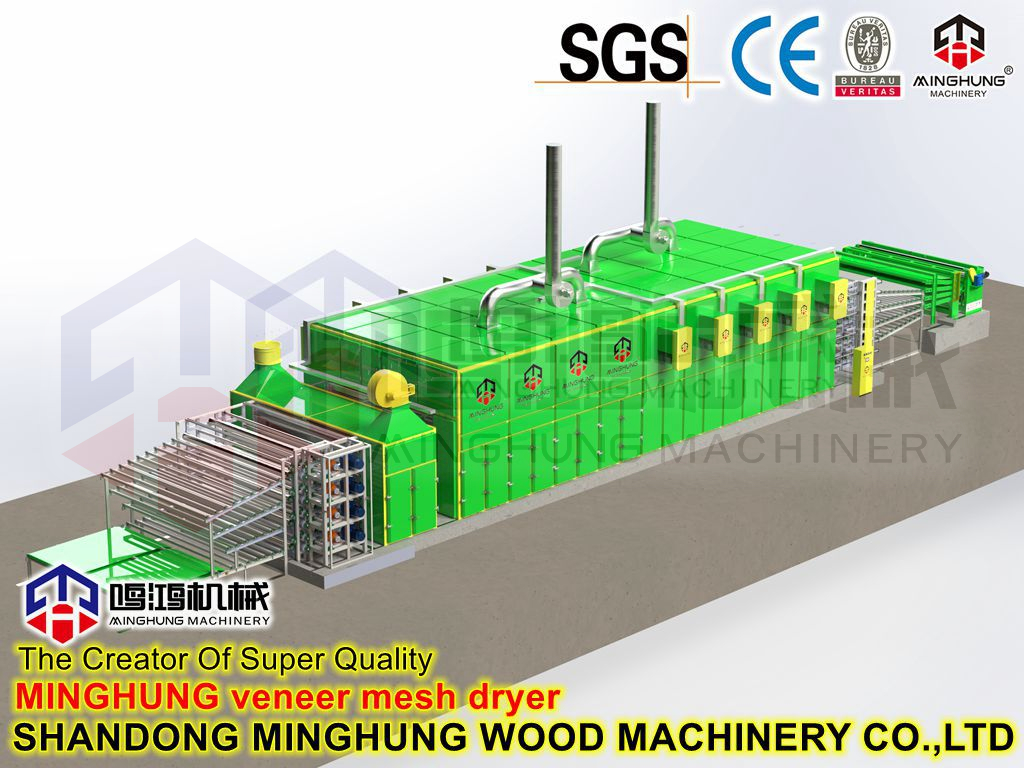
 | III. Key Component Composition (Optimized for Low Cost) |
1. Insulated Chamber: Thickened insulation layer, high-strength structure.
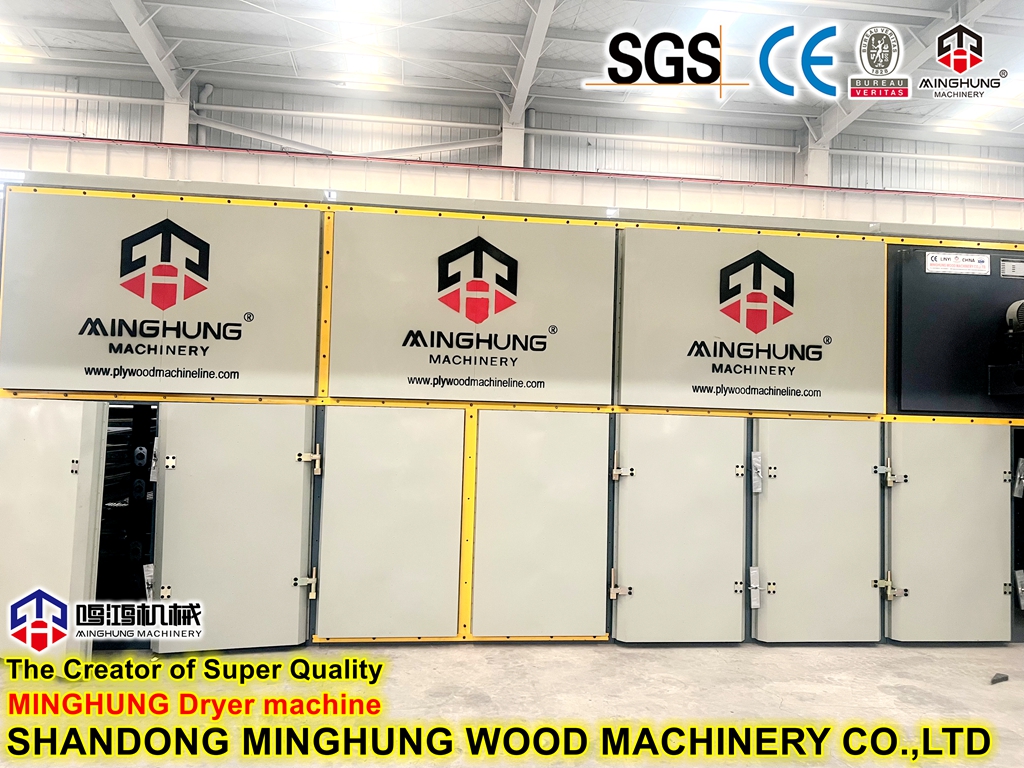
2. Core Heat Source: Configurable as needed – High-Temp Heat Pump Unit / Biomass Burner with Hopper / Gas Burner / Steam Heat Exchanger.
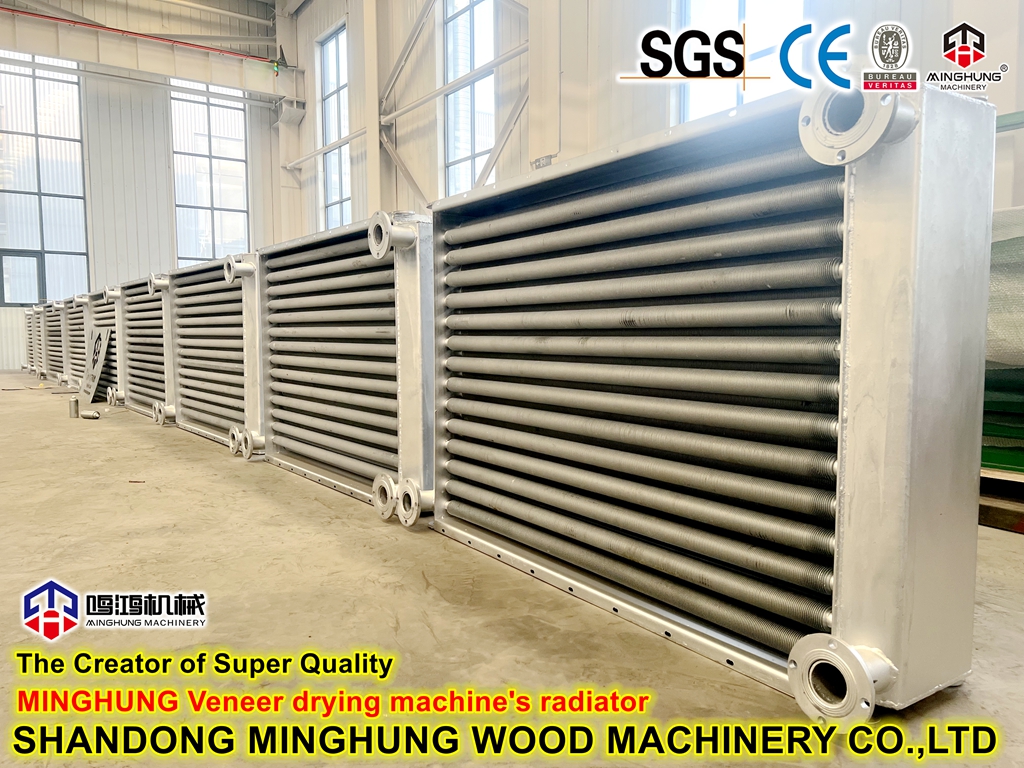
3. Hot Air Circulation System: Variable Frequency Drive (VFD) Fans to adjust air volume by drying stage, reducing electricity consumption.
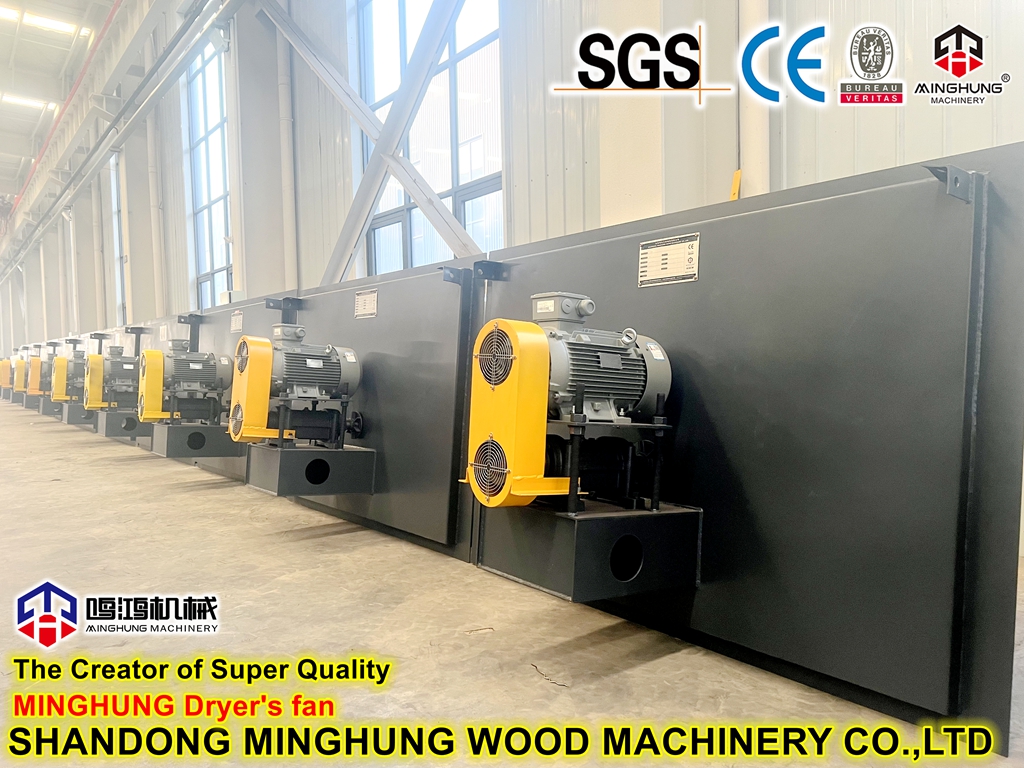
4. Heat Recovery Unit: Core energy-saving component with an efficient heat exchange core.
5. Intelligent Control System: Equipped with PLC, Touch Screen HMI, Temperature & Humidity Sensors, Wood Moisture Content Probes.
6. Moisture Exhaust System: Intelligently regulated dampers linked with the heat recovery unit.
 | Core Working Principle |
The core principle of this dryer is "Forced Convection Hot Air Drying." It creates a high-temperature, low-humidity environment where hot air is forcibly circulated through the plywood stack by powerful fans, facilitating efficient heat and mass exchange with the boards. This process involves two fundamental actions:
1. Heat Transfer: Hot air transfers heat to the plywood, causing the internal moisture to evaporate.
2. Mass Transfer: The water vapor at the board surface diffuses into the moving air stream and is rapidly carried away.
By integrating heat recovery and intelligent control, it dramatically optimizes the efficiency of these processes, achieving the "Ultra-Low Operating Cost."
 | Working Process |
The entire drying cycle is a dynamic, closed-loop process meticulously managed by the intelligent control system, divided into four main stages:
Stage 1: Pre-heating Stage
Goal: To uniformly heat the cold plywood, preparing it for rapid dehydration and preventing cracking due to sudden surface moisture loss.
Process:
1. The system starts. The heating system (e.g., heat pump, biomass burner) begins operating at a low temperature setpoint (e.g., 40-50°C).
2. Circulation fans run at medium speed, circulating mild hot air around and through the stack.
3. The moisture exhaust system remains completely closed, causing the relative humidity inside the chamber to rise quickly.
4. Heat gradually conducts from the surface to the core, activating the internal liquid water without significant evaporation. The moisture content remains almost unchanged in this stage.
Stage 2: Constant Rate Drying Stage (Primary Drying)
Goal: To rapidly and substantially remove free water from the boards.
Process:
1. Once the boards are warmed through, the system automatically raises the temperature to the optimal drying level (e.g., 60-75°C).
2. Circulation fans switch to maximum speed, creating a powerful "airflow penetration" to ensure hot air reaches every layer.
3. The control system automatically activates the exhaust system based on the preset drying schedule. When sensors detect the chamber humidity reaches the upper limit, exhaust dampers open briefly to expel the hot, humid air.
4. 【Key Energy-Saving Action】: Simultaneously with exhaust, the heat recovery system operates. Exhausted waste heat and incoming fresh cold air exchange energy in a heat exchanger. This pre-warmed, dry air then enters the heating system, significantly reducing the energy needed to heat fresh air.
5. In this stage, surface moisture evaporation is very rapid, and the drying rate remains constant.
Stage 3: Conditioning & Balancing Stage (Falling Rate Drying)
Goal: To remove bound water from within the wood cells and balance internal stress and moisture content to prevent deformation.
Process:
1. When the board moisture content falls below the fiber saturation point (typically below 30%), the movement of water from the core to the surface slows down, initiating the falling rate period.
2. The control system appropriately lowers the temperature and increases the ambient humidity (reducing exhaust) for a "conditioning treatment."
3. This gentler environment allows the moisture content between the core and surface to equalize, relieving internal stresses and effectively preventing warping, cracking, and other defects.
4. Energy consumption in this stage is relatively lower, but it is crucial for the final product quality.
Stage 4: Cooling & Stabilization Stage
Goal: To allow the boards to cool slowly and acclimate to the outside environment after drying, stabilizing their condition.
Process:
1. The heating system stops.
2. Circulation fans continue to run, while the control system introduces a small amount of outside air to cool the boards gradually.
3. The cooling process helps set the final dimensions of the boards, further enhancing stability.
4. The entire drying cycle concludes once the board temperature drops close to the ambient temperature.
 | IV. Comprehensive Advantages Summary |
Maximized Economic Benefit: Operating costs are 50%-70% lower than traditional electric heating equipment and more economical than ordinary coal-fired systems. The payback period is short, often recovering the price difference in 1-2 years through energy savings.
Environmental Compliance & Sustainability: Particularly the heat pump and biomass options have low carbon emissions, comply with increasingly strict environmental regulations, and help build a green brand image.
Stable Drying Quality: Precise control ensures uniform drying, effectively preventing cracking and warping, thereby improving product grade rate and added value.
High Automation: Reduces dependence on skilled workers, minimizes human error, and improves production efficiency and consistency.
High Energy Security: Multiple energy options allow factories to flexibly choose the most economical mode based on local energy price fluctuations, mitigating the risk of price spikes in a single energy source.
The Ultra-Low Operating Cost Plywood Dryer is not just a drying machine; it is a comprehensive energy solution. It fundamentally addresses the cost pain points in plywood production through a tripartite approach: Source Energy Saving (Heat Source), Process Energy Conservation (Recovery & Insulation), and Management Energy Control (Intelligent System). It is a core asset for modern wood processing enterprises aiming for cost reduction, efficiency improvement, and sustainable development.
Choosing our Ultra-Low Operating Cost Dryer is not just purchasing a machine; it's an investment in a continuously profitable future for your factory. Contact us now for a customized energy-saving solution and quotation

